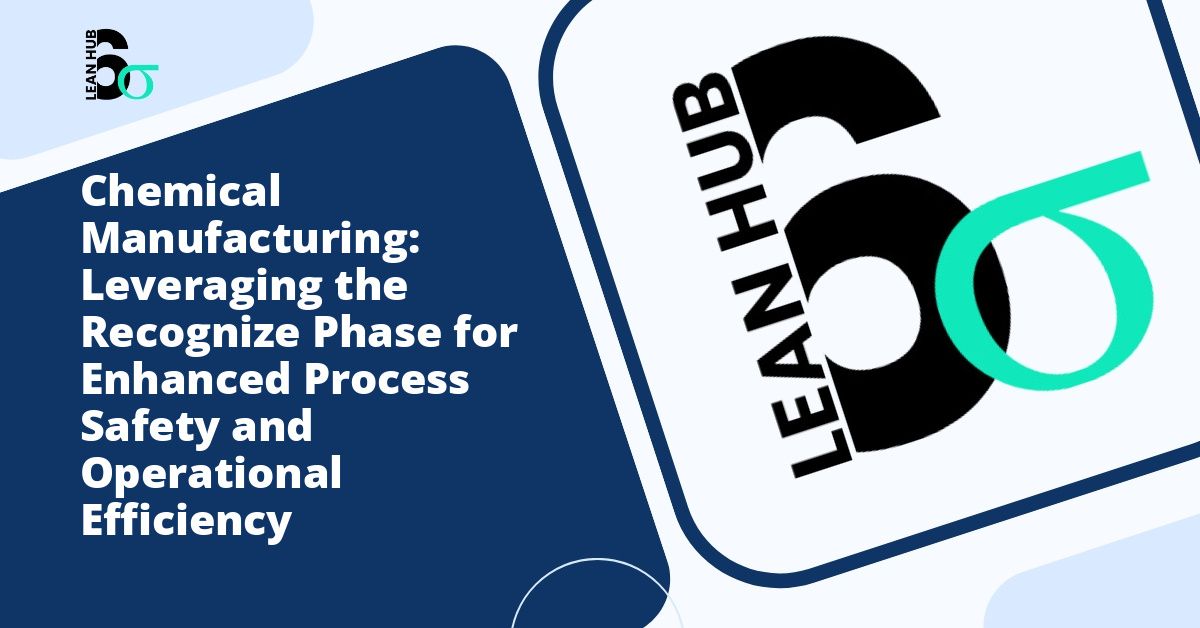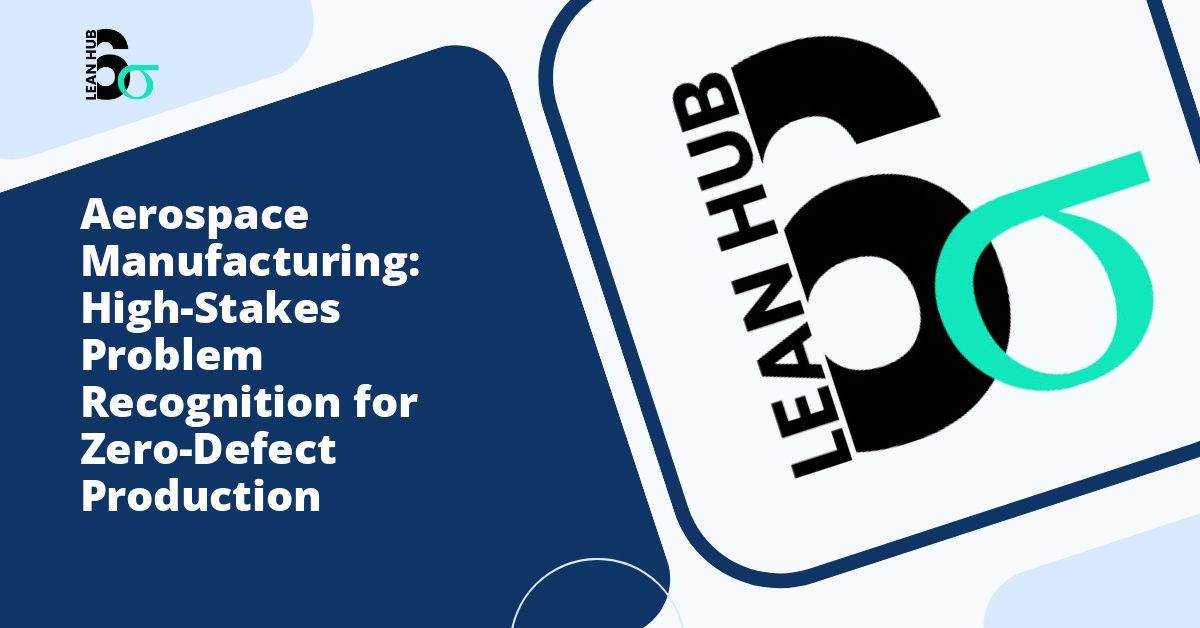Getting leadership on board during the recognize phase of any initiative can make or break your project’s success. Whether you’re implementing a new system, addressing organizational challenges, or pursuing improvement opportunities, engaging leaders early is crucial. In this comprehensive guide, we’ll explore proven strategies for how to engage leadership during the recognize phase and set your project up for long-term success.
Understanding the Recognize Phase
Before diving into engagement strategies, let’s clarify what the recognize phase actually means. The recognize phase is the initial stage of any change initiative where you identify problems, opportunities, or needs within your organization. It’s the moment when you spot something that requires attention—whether it’s a process inefficiency, a market opportunity, or a competitive threat.
This phase is critical because it sets the foundation for everything that follows. When leadership is engaged from the very beginning, you create advocates who will champion your cause throughout the entire journey. Without their buy-in during this early stage, even the most brilliant ideas can stall or fail completely.
Why Leadership Engagement Matters From Day One
You might wonder why it’s so important to engage leadership during the recognize phase specifically. Can’t you just bring them in later once you’ve done more research? While that might seem logical, here’s why early engagement is essential:
- Resource Allocation: Leaders control budgets, personnel, and time—resources you’ll need to properly investigate and address the issue you’ve recognized.
- Strategic Alignment: Early involvement ensures your initiative aligns with broader organizational goals and priorities.
- Cultural Buy-In: When leaders support an initiative from the start, it signals to the entire organization that this matters.
- Risk Mitigation: Leadership can identify potential obstacles or conflicts early, saving you from pursuing dead-end paths.
- Enhanced Credibility: Having executive sponsorship from day one lends legitimacy to your efforts.
Step 1: Do Your Homework Before Approaching Leadership
Learning how to engage leadership during the recognize phase starts with preparation. You don’t want to walk into a meeting with vague observations or half-baked ideas. Leaders are busy people, and you’ll only get one shot at making a strong first impression.
Gather Preliminary Data
Collect concrete evidence that supports your recognition of the issue or opportunity. This might include performance metrics, customer feedback, market research, competitive analysis, or anecdotal observations from team members. The key is having something tangible to point to rather than just a gut feeling.
Understand the Business Impact
Translate your observations into business terms that resonate with leadership priorities. How does this issue affect revenue, costs, customer satisfaction, employee retention, or market position? Leaders think in terms of organizational impact, so frame your recognition accordingly.
Research Leadership Priorities
Take time to understand what keeps your leaders up at night. Review recent communications, strategic plans, and public statements to identify their key concerns and objectives. When you can connect your recognized issue to their existing priorities, you dramatically increase engagement potential.
Step 2: Craft a Compelling Recognition Narrative
Once you’ve done your homework, it’s time to shape your findings into a story that will capture leadership attention. Humans are wired to respond to narratives, and leaders are no exception.
Start With the “Why”
Begin by explaining why this issue or opportunity matters right now. What has changed? What are the consequences of inaction? Create a sense of urgency without resorting to fear-mongering. Use phrases like “market shifts suggest” or “emerging data indicates” to ground your urgency in facts.
Use the Problem-Impact-Opportunity Framework
Structure your narrative in three parts: First, clearly articulate the problem or opportunity you’ve recognized. Second, explain the impact—both negative consequences of inaction and positive outcomes of action. Third, hint at the opportunity for improvement without prescribing solutions yet. Remember, during the recognize phase, you’re building awareness, not necessarily solving problems.
Make It Visual
Leaders often process information quickly, and visual representations can communicate complex situations efficiently. Create simple charts, graphs, or diagrams that illustrate the issue you’ve recognized. A well-designed visual can be worth a thousand words in capturing leadership attention.
Step 3: Choose the Right Communication Channel
How to engage leadership during the recognize phase isn’t just about what you say—it’s also about where and how you say it. Different leaders have different communication preferences, and choosing the wrong channel can undermine your message.
Formal Presentations
For major strategic issues, a formal presentation to the leadership team might be appropriate. This allows for detailed exploration and group discussion. Prepare thoroughly, anticipate questions, and keep your presentation focused and concise.
One-on-One Conversations
Sometimes, individual conversations are more effective, especially if you need to build a coalition of support. Meeting leaders individually allows you to tailor your message to each person’s priorities and concerns. It also provides space for candid feedback and questions they might not raise in a group setting.
Written Briefings
Some leaders prefer to review information in writing first. A well-crafted brief or memo can be an excellent way to introduce your recognized issue. Keep it to one or two pages maximum, use bullet points for easy scanning, and include an executive summary at the top.
Informal Touchpoints
Don’t underestimate the power of informal conversations. Sometimes, planting a seed during a casual hallway conversation or coffee chat can be the perfect first step. This approach works especially well when you’re testing the waters before making a formal pitch.
Step 4: Frame the Discussion Around Questions, Not Solutions
A common mistake when learning how to engage leadership during the recognize phase is jumping too quickly to solutions. During this phase, your goal is to create shared recognition of an issue or opportunity, not to advocate for a specific fix.
Instead of saying, “We need to implement system X to solve problem Y,” try asking, “Given these trends we’re seeing, what implications might this have for our competitive position?” This approach accomplishes several things:
- It invites leadership to participate in the discovery process rather than defending against a proposal
- It respects their expertise and perspective
- It creates space for multiple viewpoints and insights
- It avoids premature commitment to a specific solution
- It positions you as a thoughtful observer rather than someone with an agenda
Step 5: Build a Coalition of Support
Engaging leadership is rarely about convincing a single person. Organizations are complex, and effective leadership engagement during the recognize phase usually requires building support across multiple stakeholders.
Identify Key Influencers
Beyond the formal leadership hierarchy, who influences decisions in your organization? This might include respected long-time employees, subject matter experts, or informal leaders. Getting these influencers on board can help create momentum for your recognized issue.
Create Peer-to-Peer Advocacy
When possible, engage leaders who are peers to your target executive sponsors. Leaders are often more receptive to ideas when they see that their colleagues are also paying attention. You might brief a supportive leader who can then raise the issue with their peers.
Leverage Cross-Functional Perspectives
If your recognized issue cuts across departmental lines, engage leaders from different functions. This demonstrates the breadth of the issue and prevents any single leader from dismissing it as “someone else’s problem.”
Step 6: Address Resistance Constructively
Not every leader will immediately embrace your recognition of an issue or opportunity. Understanding how to engage leadership during the recognize phase includes knowing how to navigate skepticism and resistance.
Listen to Understand Objections
When a leader pushes back, resist the urge to immediately defend your position. Instead, ask clarifying questions to understand their concerns. Often, what seems like resistance is actually valuable perspective that can strengthen your understanding of the issue.
Acknowledge Valid Concerns
Leaders may raise legitimate questions about timing, resources, or competing priorities. Acknowledge these concerns directly rather than dismissing them. You might say, “You’re absolutely right that we have several major initiatives underway. How might we assess whether this issue warrants attention alongside those efforts?”
Offer Low-Risk Next Steps
If a leader is hesitant to fully engage, propose modest next steps that require minimal commitment. This might include a small pilot study, a task force to investigate further, or a brief survey to gather more data. Once they see the value of these initial steps, they’ll likely become more engaged.
Step 7: Demonstrate Quick Wins and Early Insights
As you work on engaging leadership during the recognize phase, look for opportunities to demonstrate value quickly. You don’t need to solve the entire problem—you just need to show that paying attention to this issue yields insights.
Perhaps you can quickly analyze data that reveals an unexpected pattern. Maybe you can facilitate a brief conversation with customers that provides valuable feedback. These quick wins build confidence that investing time in the recognize phase is worthwhile.
Step 8: Maintain Momentum With Regular Updates
Engagement isn’t a one-time event. Once you’ve initially captured leadership attention, maintain momentum with regular, concise updates. This keeps the issue on their radar without overwhelming them with information.
Establish a Communication Rhythm
Depending on the urgency and scope of your recognized issue, you might provide weekly updates, bi-weekly briefings, or monthly check-ins. The key is consistency. Leaders are juggling many priorities, and regular touchpoints ensure yours doesn’t get forgotten.
Share New Discoveries
As you continue to explore the issue during the recognize phase, share new insights and data points. This demonstrates ongoing investigation and helps leaders develop a more nuanced understanding of the situation.
Show Evolution of Thinking
Don’t be afraid to share how your understanding of the issue is evolving. Leaders appreciate intellectual honesty. If new information has changed your perspective, explain what you learned and why. This builds trust and demonstrates thorough analysis.
Step 9: Connect to Strategic Initiatives
One of the most effective strategies for how to engage leadership during the recognize phase is explicitly connecting your issue to existing strategic initiatives. Leaders are naturally more receptive to issues that align with direction they’ve already committed to.
Review your organization’s strategic plan, annual goals, and key initiatives. Where does your recognized issue intersect with these priorities? Perhaps it represents a risk to achieving a strategic goal, or maybe it’s an opportunity to accelerate progress. Make these connections explicit in your communications.
Step 10: Know When to Transition Beyond Recognition
The recognize phase shouldn’t last forever. Part of effective leadership engagement is knowing when you’ve achieved sufficient recognition and it’s time to move toward analysis and solution development.
Signs that you’re ready to transition include:
- Key leaders acknowledge the issue or opportunity
- Resources have been allocated for further investigation
- A clear sponsor or champion has emerged
- The issue has been incorporated into planning discussions
- There’s organizational curiosity about potential solutions
When you see these signs, work with your leadership sponsors to define the next phase of work. This might include forming a project team, conducting a formal assessment, or beginning solution exploration.
Common Pitfalls to Avoid
As you implement these strategies for how to engage leadership during the recognize phase, watch out for these common mistakes:
Overloading With Data
While data is important, drowning leaders in metrics and analysis can be counterproductive. Focus on the most compelling data points and save the detailed analysis for those who want to dig deeper.
Letting Perfect Be the Enemy of Good
Don’t wait until you have every piece of information before engaging leadership. If you’ve recognized something significant, start the conversation even if your understanding is still developing.
Taking Rejection Personally
If a leader doesn’t immediately embrace your recognized issue, don’t view it as personal rejection. They may have information or perspectives you lack. Use their feedback to refine your understanding.
Forgetting to Follow Through
After initial engagement, some people fail to maintain momentum. Consistent follow-through is essential to keeping leadership engaged and moving the issue forward.
Neglecting Middle Management
While engaging senior leadership is important, don’t forget middle managers who will ultimately execute any initiatives that emerge. They can be powerful allies or obstacles depending on whether they’re engaged early.
Measuring Engagement Success
How do you know if your efforts to engage leadership during the recognize phase are working? Look for these indicators:
- Leaders ask questions and seek additional information
- The issue appears in leadership communications and meetings
- Resources or time are allocated to further investigation
- Leaders connect others to your work
- You receive invitations to relevant meetings or forums
- Other stakeholders begin referencing the issue you’ve recognized
Conclusion: Building Foundation for Lasting Change
Learning how to engage leadership during the recognize phase is a critical skill for anyone who wants to drive meaningful change in their organization. By doing your homework, crafting compelling narratives, choosing appropriate communication channels, and maintaining consistent engagement, you can turn an initial recognition into an organizational priority.
Remember that engagement is a process, not an event. Be patient, persistent, and flexible in your approach. Different leaders will respond to different strategies, and what works in one situation may need adjustment in another. The key is to remain focused on creating shared recognition of important issues and opportunities rather than pushing predetermined solutions.
When you successfully engage leadership during the recognize phase, you create a foundation for everything that follows. You ensure that subsequent work has sponsorship, resources, and strategic alignment. You build credibility and relationships that will serve you throughout the initiative. And you dramatically increase the likelihood that your efforts will result in meaningful, lasting improvement for your organization.
So the next time you recognize an important issue or opportunity, don’t keep it to yourself. Use these strategies to engage your leadership team early, often, and effectively. The success of your initiative may well depend on it.








